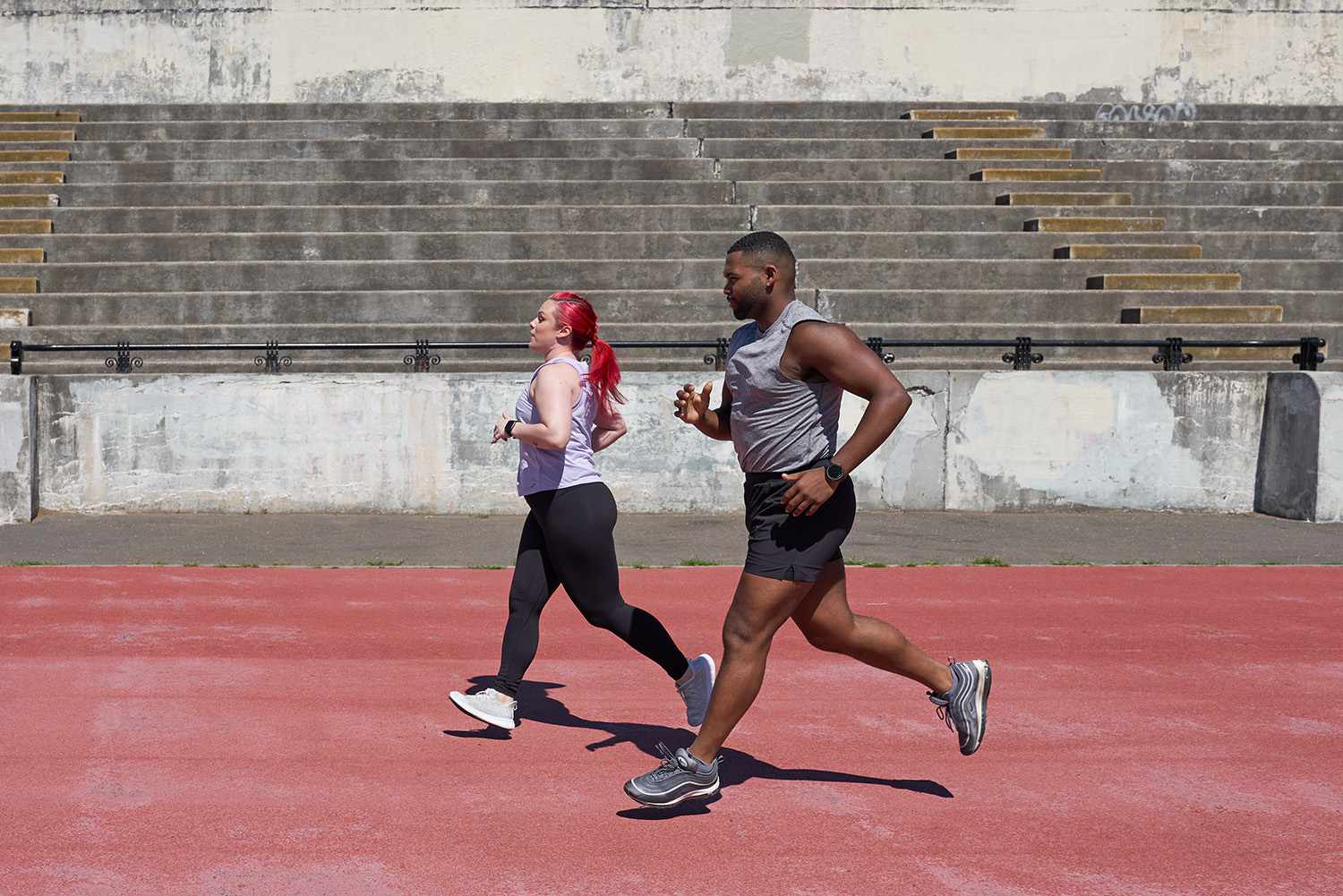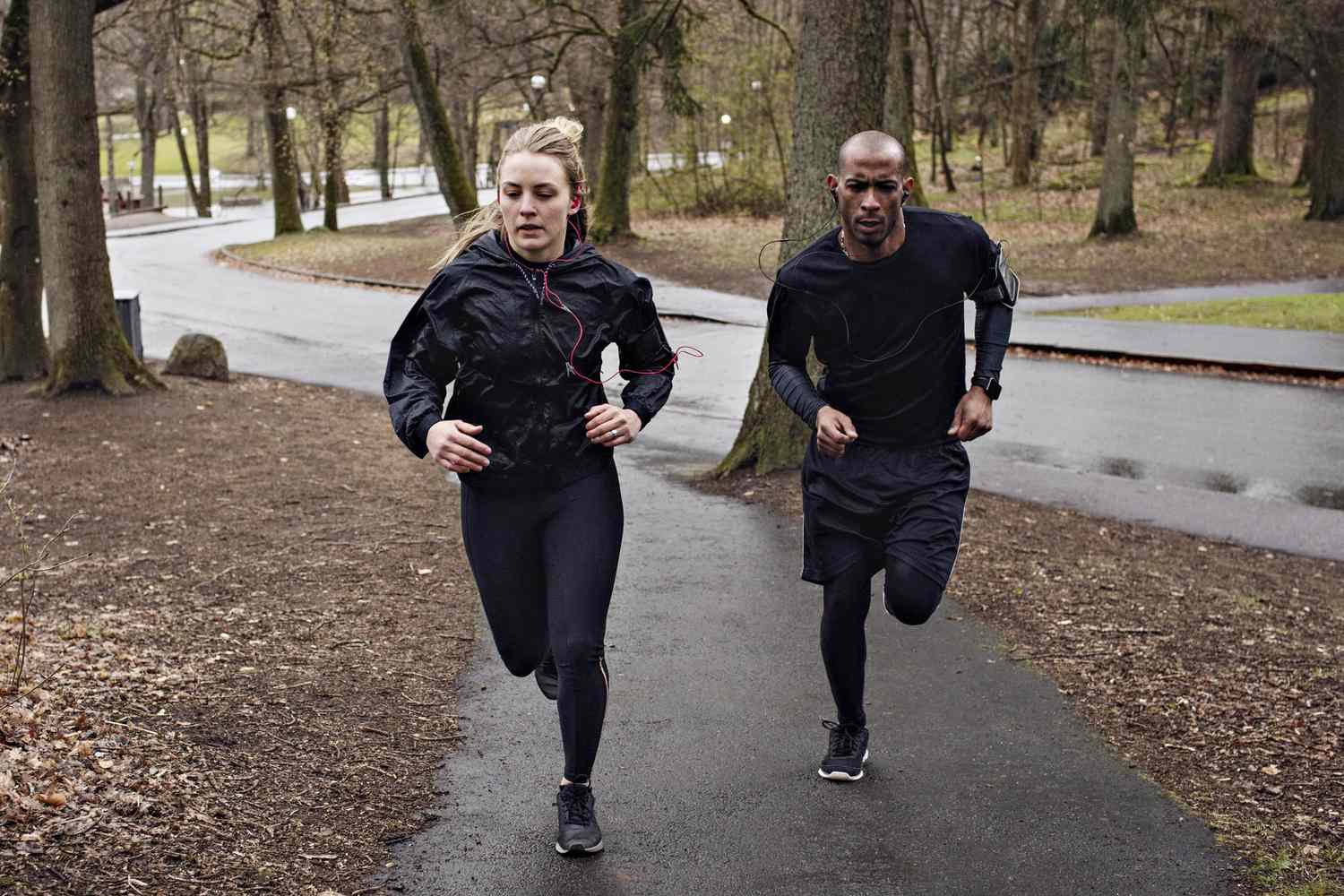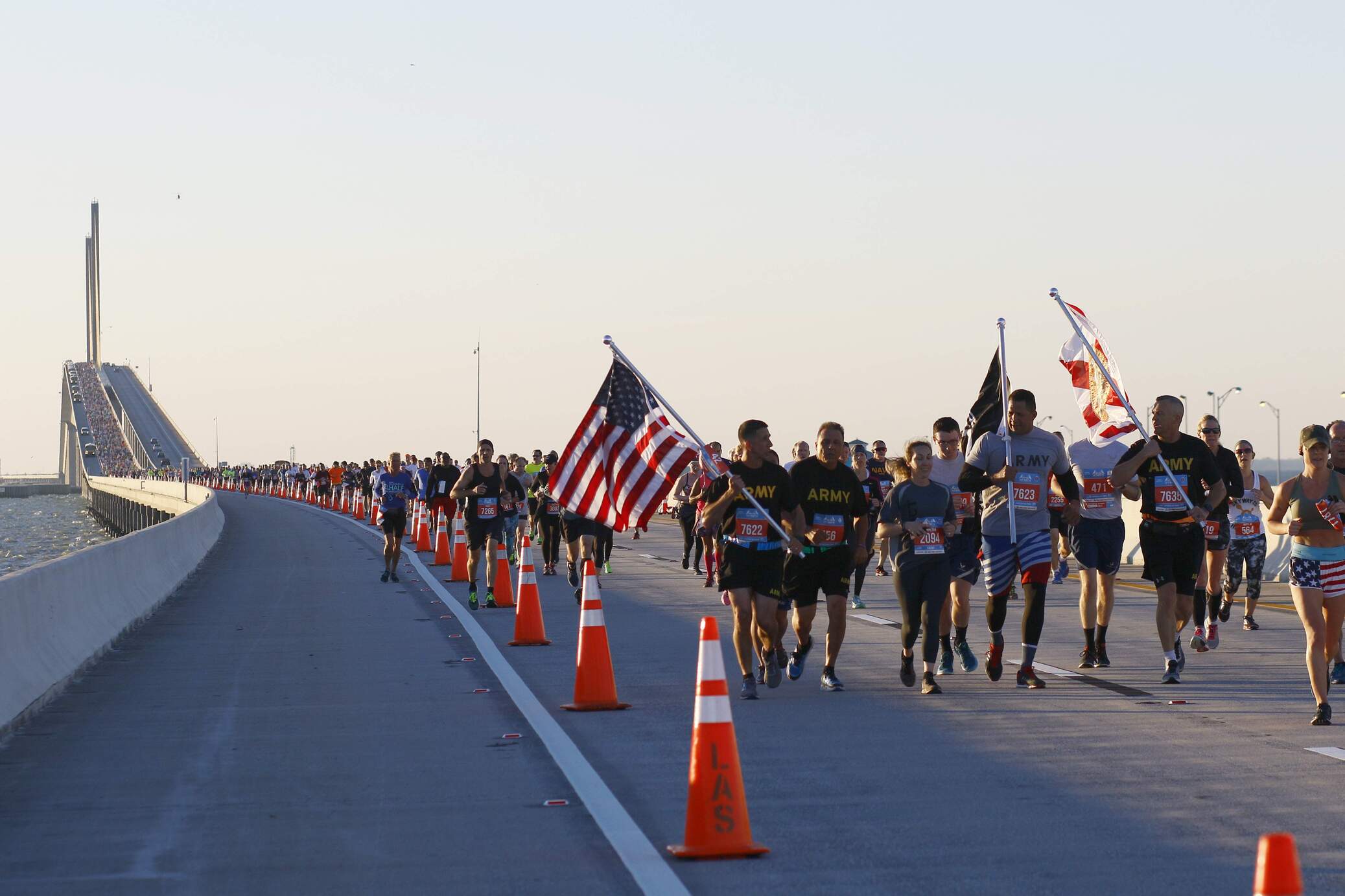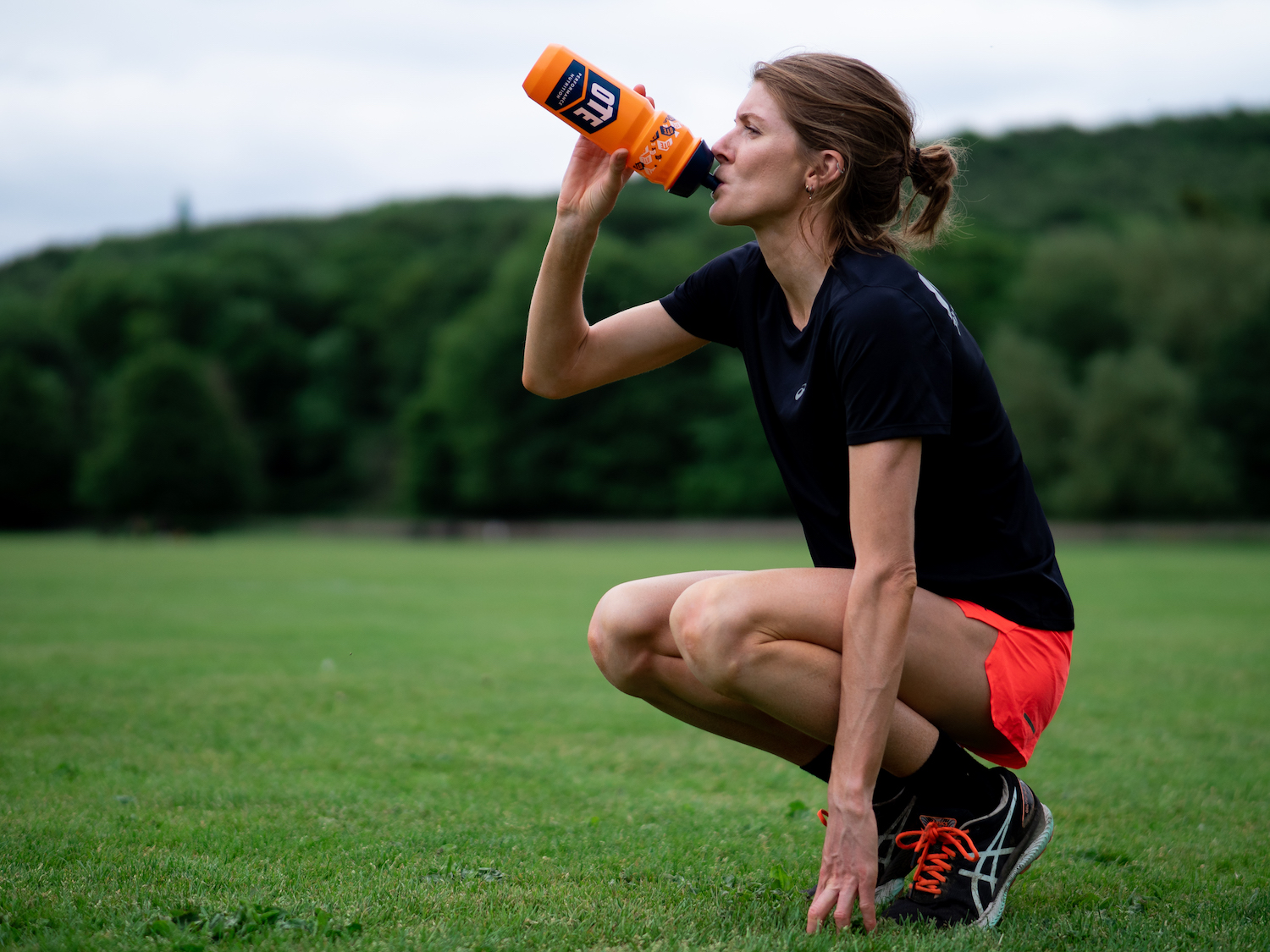

Featured
10K Run Is How Many Miles
Modified: January 22, 2024
Discover how many miles are in a 10K run and get inspired by featured runners who have completed this challenging distance. Start your journey today!
Introduction
Welcome to the world of running, where chasing goals and pushing your limits is part of the journey. Whether you’re an avid runner or just starting out, you’ve probably come across the term “10K run” at some point. But what exactly does it mean? How far is a 10K run in miles? In this article, we’ll dive into the details and help you understand the distance of a 10K run and how it relates to miles.
Running a 10K race is a popular distance for both seasoned runners and beginners. It offers a challenge that is achievable with proper training and provides a great stepping stone towards longer distance races. However, if you’re not familiar with the metric system, the distance in kilometers may be a bit confusing. That’s where converting the distance to miles comes in handy.
Understanding the distance of a 10K race is essential for goal setting and training. Whether you’re aiming to complete your first race or looking to improve your personal best, having a clear understanding of the distance allows you to set realistic goals and track your progress.
So, how do you convert kilometers to miles? What is the exact conversion factor? We’ll explore all that in the next section, so let’s strap on our running shoes and dive in!
Understanding the 10K Run
A 10K run is a common distance in the world of running. It is equivalent to 10 kilometers, which is approximately 6.2 miles. The “K” in 10K stands for kilometers, a unit of measurement used in many countries around the world. It is important to note that the 10K distance is a popular choice for organized races and can be completed by runners of various skill levels.
The 10K run is often seen as a milestone for many runners. It provides a balance between speed and endurance, challenging runners to not only maintain a steady pace but also sustain it over the entire distance. While it may seem demanding for beginners, with proper training and consistent effort, anyone can conquer a 10K race.
One of the advantages of the 10K distance is its accessibility and inclusivity. The race attracts a diverse range of participants, including beginners embarking on their running journey, intermediate runners seeking to improve their performance, and even seasoned athletes looking for a shorter, yet still challenging, race option.
Completing a 10K run requires a combination of physical endurance, mental strength, and smart training strategies. It’s important to gradually build up your mileage, incorporate speed and interval training, and allow for sufficient rest and recovery. Whether you’re following a structured training plan or working with a running coach, approaching your 10K goal with a systematic approach will increase your chances of success.
Furthermore, the 10K run offers a sense of accomplishment and an opportunity to celebrate your progress as a runner. Crossing the finish line after completing a 10K race can be a deeply rewarding experience, filled with a surge of endorphins and a renewed sense of confidence in your running abilities.
Now that we have a better understanding of what a 10K run entails, let’s move on to the practical aspect of converting kilometers to miles.
Converting Kilometers to Miles
Converting the distance of a 10K run from kilometers to miles is a straightforward process that can be done using a simple conversion factor. To convert kilometers to miles, you can multiply the number of kilometers by the conversion factor of 0.6214. This will give you the equivalent distance in miles.
For example, if you want to know how many miles a 10K run is, you would multiply 10 (the number of kilometers) by 0.6214. This calculation gives you a result of 6.214 miles, which is the approximate distance of a 10K run in miles.
It’s important to note that the conversion factor of 0.6214 is an approximate value and may vary slightly depending on the level of precision required. However, for most practical purposes, this conversion factor provides an accurate estimation of the distance in miles.
Converting kilometers to miles allows you to have a better perspective on the distance you’re covering during a 10K run. It can be helpful when setting goals, tracking progress, and providing a familiar reference point for runners who are more comfortable with miles as a unit of measurement.
Now that you know how to convert kilometers to miles, let’s explore some practical applications and how this conversion can assist you in your 10K training journey.
Calculation and Conversion Factors
When it comes to calculating distances and converting between kilometers and miles, it’s important to understand the underlying factors and how they can affect the accuracy of your measurements. While the conversion factor of 0.6214 is commonly used to convert kilometers to miles, there are some variations and considerations to keep in mind.
Firstly, it’s essential to recognize that the conversion factor is an approximation that provides a general estimation but may not be entirely precise. The exact conversion factor varies depending on the specific conversion method used and the level of precision required. However, for most practical purposes, the conversion factor of 0.6214 is widely accepted as a reliable approximation.
Secondly, it’s important to note that the conversion factor is based on the ratio between kilometers and miles. The factor of 0.6214 represents the approximate number of miles in one kilometer. This ratio remains consistent regardless of whether you are converting a single kilometer to miles or calculating the distance of a longer race, such as a half marathon or a marathon, in miles.
It’s worth mentioning that when utilizing conversion tools or calculators available online or on running apps, the conversion factor is often pre-programmed for accurate and convenient conversions. These tools take into account the specific conversion factors and formulas necessary to provide accurate conversions at the click of a button.
However, if you prefer to perform manual conversions or want to double-check the accuracy of online tools, it’s always helpful to have a basic understanding of the conversion factor and how it can be applied in various scenarios.
Remember, converting kilometers to miles is just one aspect of your running journey. The ultimate goal is not to get too caught up in the conversions but to focus on your training, enjoy the process, and celebrate your achievements along the way.
Now that we’ve explored the calculation and conversion factors, let’s move on to the practical side of things – training for a 10K run.
Training for a 10K Run
Preparing for a 10K run requires a structured training plan that gradually builds your endurance, improves your speed, and helps you develop the mental toughness needed to complete the race successfully. Here are some essential training considerations to keep in mind:
1. Build a Foundation: If you’re new to running or haven’t been consistently active, it’s crucial to start with a foundation-building phase. Gradually increase your mileage and incorporate regular runs to improve your cardiovascular fitness and strengthen your muscles. Aim for a mix of shorter, easy runs and longer, slower runs to build endurance.
2. Plan Your Training Schedule: Set aside specific days and times for running to ensure consistency. Your training plan should include a mix of different training methods, including speed workouts, tempo runs, and long runs, to improve your overall fitness and prepare your body for the demands of the 10K distance.
3. Incremental Increases: Increase your weekly mileage gradually to avoid overuse injuries and burnout. Aim for a weekly mileage increase of around 10% to allow your body to adapt and recover between training sessions. Listen to your body and adjust your training as needed.
4. Include Speed and Interval Training: To improve your speed and race performance, incorporate speed workouts such as interval training, fartleks, and tempo runs into your training plan. These workouts help improve your anaerobic capacity and allow you to sustain a faster pace during the race.
5. Cross-Train and Strength Train: Incorporate cross-training activities, such as cycling or swimming, to add variety to your training routine and reduce the risk of overuse injuries. Additionally, integrate strength training exercises to improve muscular strength and stability, which are essential for efficient running form and injury prevention.
6. Rest and Recovery: Give your body adequate time to rest and recover between hard training sessions. Rest days are just as important as training days, as they allow your muscles to repair and rebuild, leading to improved performance. Listen to your body and don’t hesitate to take additional rest days if needed.
7. Mental Preparation: Running a 10K requires mental toughness and focus. Use visualization techniques to imagine yourself crossing the finish line strong and confident. Set realistic goals and use positive affirmations to motivate yourself during challenging training sessions and on race day.
By following a structured training plan, staying consistent, and listening to your body, you will be well-prepared for the physical and mental demands of a 10K run. Remember to enjoy the journey and celebrate your progress along the way!
Conclusion
Understanding the distance of a 10K run and how it relates to miles is essential for runners of all levels. A 10K race covers approximately 6.2 miles, and it serves as a popular distance for both beginners and seasoned runners to challenge themselves and track their progress.
Converting kilometers to miles can be done by multiplying the distance in kilometers by the conversion factor of 0.6214. This simple calculation provides an estimate of the equivalent distance in miles, allowing runners to have a better understanding and reference point for their training and race goals.
However, it’s important to remember that while conversions are helpful, the true value lies in the journey itself. Training for a 10K run involves building a foundation, following a structured training plan, incorporating speed workouts, cross-training, and allowing for adequate rest and recovery. It requires commitment, perseverance, and mental toughness.
As you lace up your running shoes and take on the challenge of a 10K, enjoy the process, celebrate your progress, and remember that every step brings you closer to achieving your goals. Whether it’s your first 10K race or a stepping stone towards longer distances, embrace the experience and revel in the sense of accomplishment that comes with crossing that finish line.
So, now that you have a clear understanding of what a 10K run is in terms of distance and how to convert it to miles, it’s time to embark on your training journey. Set your goals, follow your training plan, and believe in yourself. The 10K finish line awaits, and with determination and perseverance, you will conquer it.









